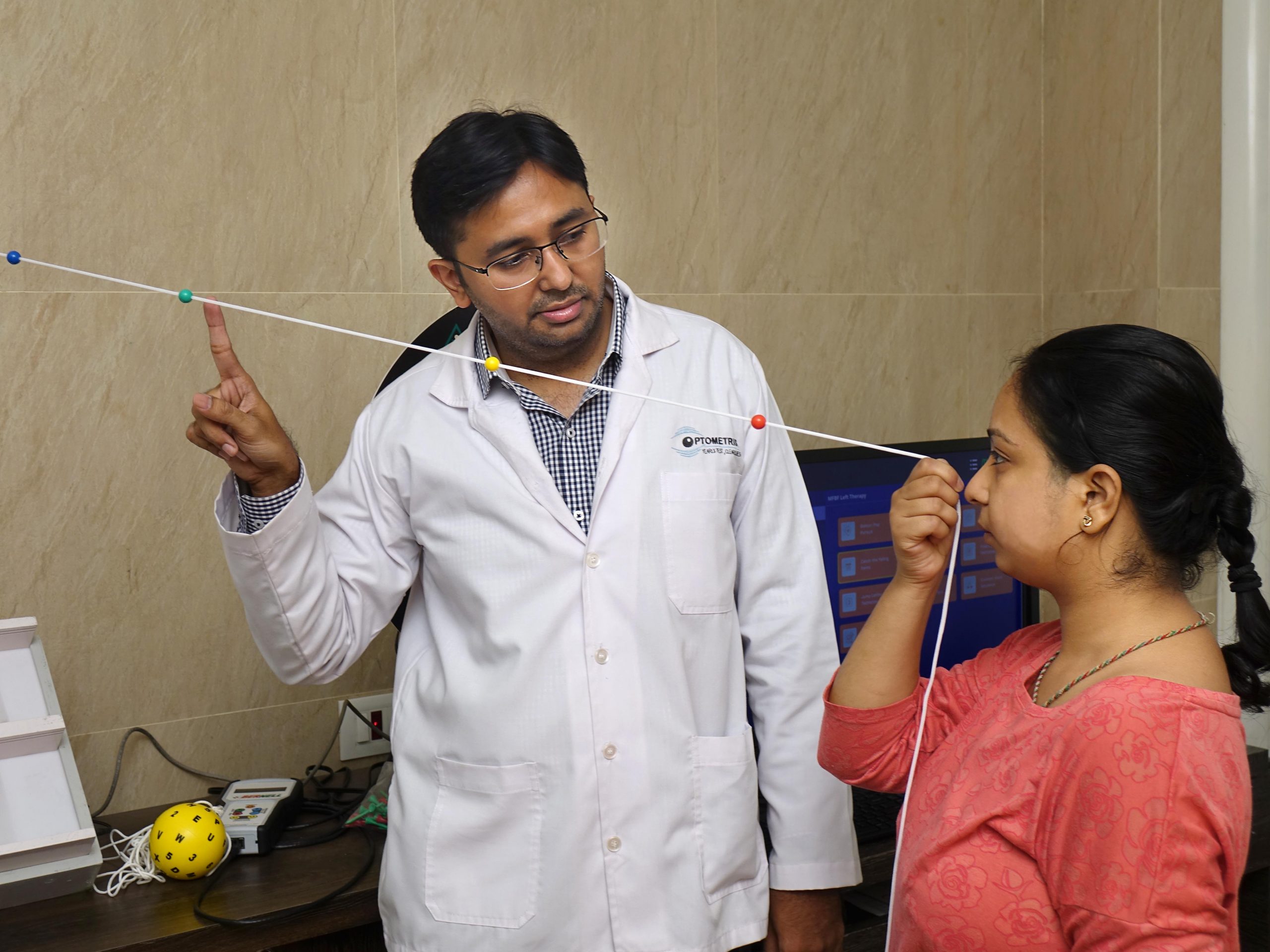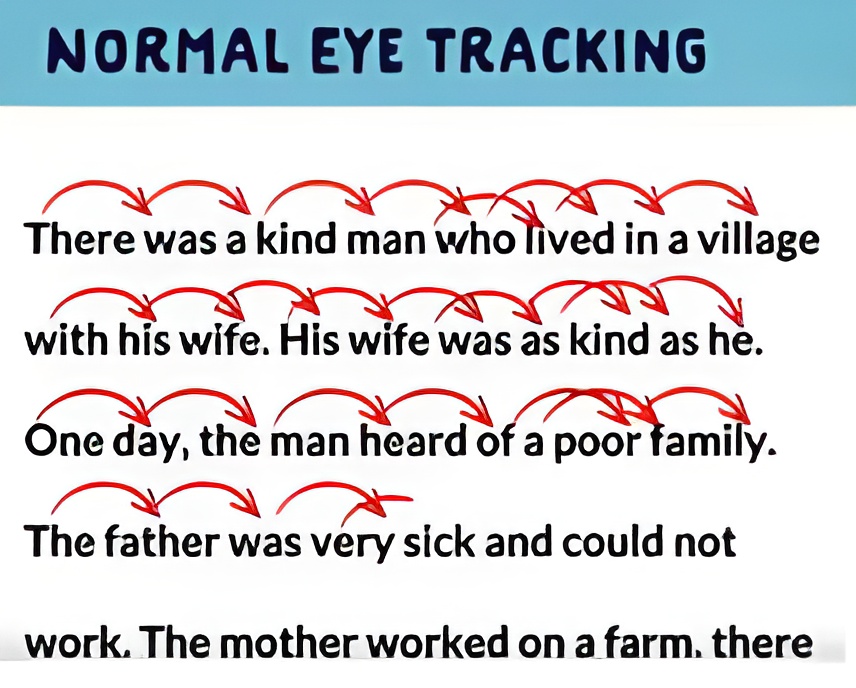Vision Therapy

What is Vision Therapy?
- Vision therapy is safe, drug-free, and effective for both children and adults! While visual acuity (the “20/20” part of vision) requires glasses to improve, visual skills such as tracking together along a line of text must be learned during develop- ment, these skills can also be improved later in life at any age.
- Vision therapy is a structured treatment process that utilizes skilled therapists, specialized equipment and a carefully planned progression of activities to modify the visual system at the neurological level. It is like PHYSICAL THERAPY for the eyes and the parts of the brain that control vision.
- It is a NON – SURGICAL and CUSTOMIZED vision program designed to correct certain vision problems and improve visual skills.
- Vision therapy improves the speed, flexibility, endurance and accuracy of the visual system’s accommodative response (eye focusing),vergence response (eye teaming) and oculomotor skills (eye tracking).
- Vision therapy also helps develop higher level visual skills, such as visual processing speed and visually-guided motor responses (visual reaction speed or eye-hand coordination).
Who needs to Undergo Vision therapy?
Vision therapy can be taken in any age group. Prior to vision therapy exercises, Comprehen- sive examination is conducted at Rotary Eye Institute to understand their problems, difficulties and based on assessment it is advised for therapy.
Signs and Symptoms Requiring Vision Therapy


- Reads easily at the beginning of the book, but struggles through the end/gives up.
- Short attention span.
- Frustration while reading or writing.
- Complains of red, itching, burning, watering, eyes when reading. Holds reading material very close.
- Difficulty in changing the focus from far to near or vice versa.
- Alphabet confusion (e.g. reads ‘d’ as ‘b’ or ‘a’ as ‘o’).
- Intermittent blur in the distance and up close.
- Headaches.
- Crossed or lazy eye.
- Frequent head tilting towards a particular shoulder or side is
markedly higher. - Blinking/closing of one eye, Excessive Squinting.
- Places head close to book while reading.
- Poor visual/motor skills (hand-eye coordination).
- Difficult to judge distance and depth.
- Hyperactivity.
- Impulsivity.
- Confusing right & left directions.
- Tiring easily while reading.
- Avoiding near tasks such as reading.
- Difficulty tracking moving objects.
- Tiring or soreness after close work.
- Reading or writing too close to paper or screen.
- Print seems to move or comes in & out of focus when reading.
- Text seems to double when reading, driving or looking at signs. Unusual posture or head tilt when reading or writing.
- Frequent head turning while reading.
Behavior-Related Signs and Symptoms
- Short attention span
- Irritable, nervous or quickly fatigued while reading, looking at books, or doing work which needs close focus
- Exhibits signs of emotional or developmental immaturity
- Doesn’t get along well with others
- Blurry vision
- Nausea or dizziness
- Motion sickness
- Double vision

How is the Process of Vision Therapy Conducted?
During the initial visit of the patient with different complains it is advisable to go under comprehen- sive binocular vision assessment. After the assessment based on findings the Optometrist will design the Vision therapy Exercise plan to normalised the condition. This treatment plan is thoroughly discussed with the patient or the parents if it involves a child and every effort is made to answer their questions.
How long Vision Therapy to be taken?
Vision Therapy protocol is decided by the optometrist based on the severity and its difficulties. Vison therapy may require few session to 1-2 year treatment process with minimum of 40 to 50 mins of therapy at Rotary Eye Institute in various mode as In-OFFICE Vision therapy or Home Vision Therapy or combined therapy (IN-OFFICE and Home therapy) based on the condition.
What does Vision Therapy use?
- Therapeutic lenses
- Prisms
- Filters
- Occluders or patches
- Electronic targets with timing mechanisms
- Balance boards
- A variety of special tools designed for specific and unique vision therapy activities
What is the goal of Vision Therapy?
Help patients develop or improve fundamental visual skills and abilities Improve visual comfort, ease, and efficiency Change how a patient processes or interprets visual information












